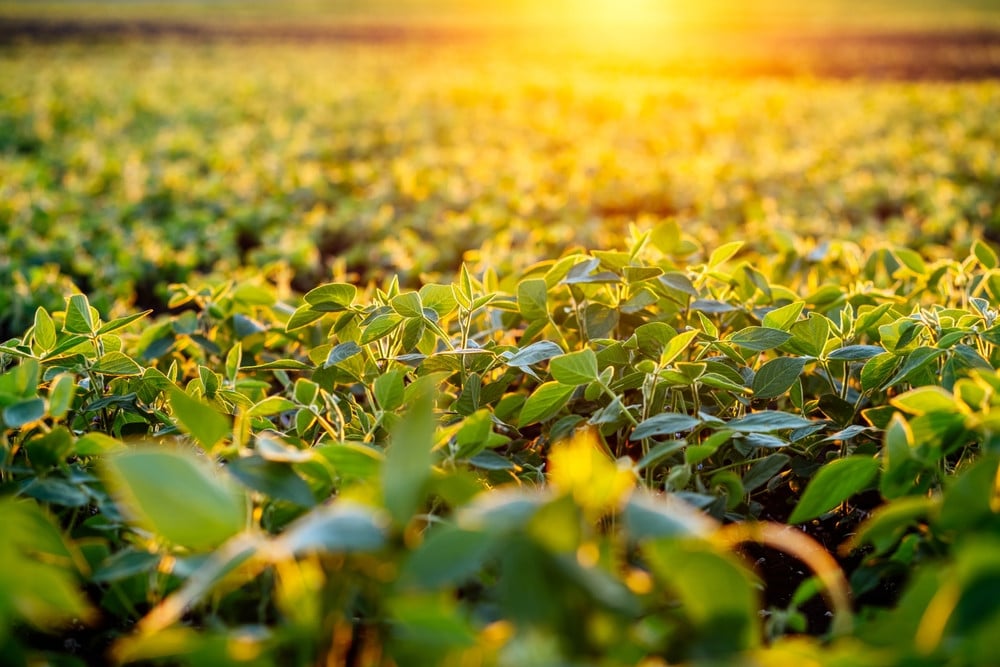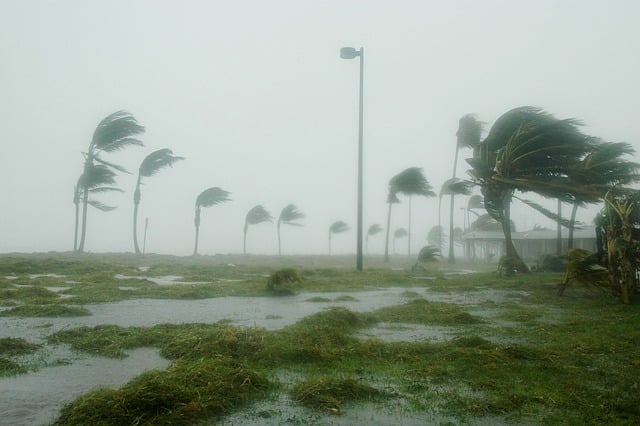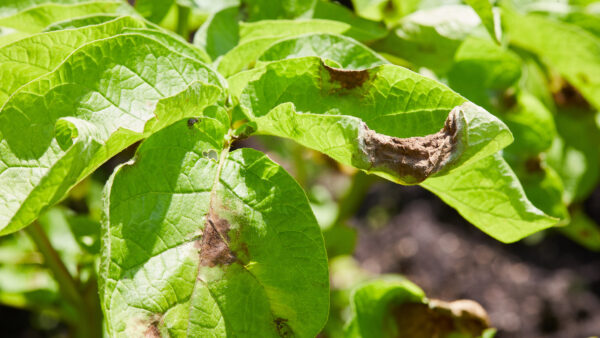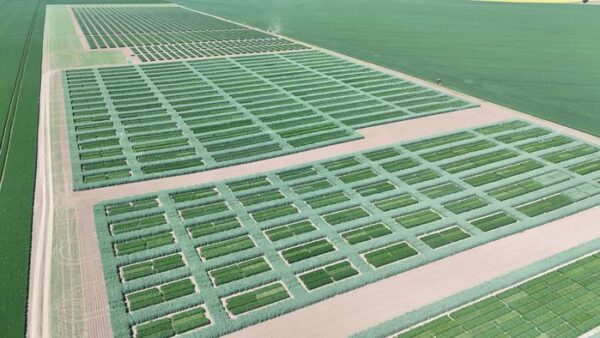Rainfall following a severe drought leads to rare soybean sprouting issues across Ohio.
Ohio soybean farmers are dealing with compromised crop quality due to a combination of prolonged drought and recent heavy rainfall from Hurricane Helene’s remnants. The severe drought weakened soybean pods, and the rainfall that followed has led to unusual seed sprouting within the pods, marking an unprecedented situation in Ohio’s agricultural history, according to Laura Lindsey, a field crops expert at The Ohio State University College of Food, Agricultural, and Environmental Sciences (CFAES).
“Farmers were already concerned about dry soybeans,” Lindsey, a soybean and small grains specialist with OSU Extension, said in an OSU news release. “Many were facing pod shattering, where seeds break open and fall to the ground during harvest due to low moisture levels.
“The rainfall made the situation worse. Now, we’re seeing seeds sprout out of the pods in affected counties, including Fairfield, Madison, Pickaway, Ross, and Fayette.”
Farmers like those in Pickaway County, represented by OSU Extension educator Mike Estadt, have observed preharvest sprouting across many fields. Estadt explained that the drought had caused pod shatter when moisture levels fell below 8%. The sudden rehydration has now led to seed sprouting, leaving questions about crop insurance coverage.
“This is also a huge negative to grain quality that buyers of soybeans will heavily discount when these beans are delivered to elevators,” Estadt noted.
With much of Ohio experiencing moderate to extreme drought conditions, according to the U.S. Drought Monitor, the impacts on crop yield and quality are a major concern. CFAES activated a Drought Rapid Response Team earlier this summer to assist with crop health monitoring and to develop mitigation strategies in collaboration with the USDA and local agencies.
“We saw widespread rainfall across much of Ohio, especially with the remnants of Hurricane Helene,” said Aaron Wilson, state climatologist and field specialist with OSU Extension. “While this rain helped improve soil moisture, river levels, and pastures in some areas, it was almost too much, too fast in others.”
Lindsey emphasized that CFAES is actively monitoring the situation and offering guidance through its Drought Conditions and Resources webpage, which provides resources on managing forage, irrigation, and soil conservation. Research funded by the United Soybean Board is also underway to better understand delayed harvest losses and seed quality issues.
“This year will serve as an important reference for future extreme weather events,” Lindsey added.
With reports of additional challenges, such as lodged corn sprouting, the season continues to test the resilience of Ohio’s farmers.












